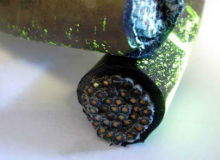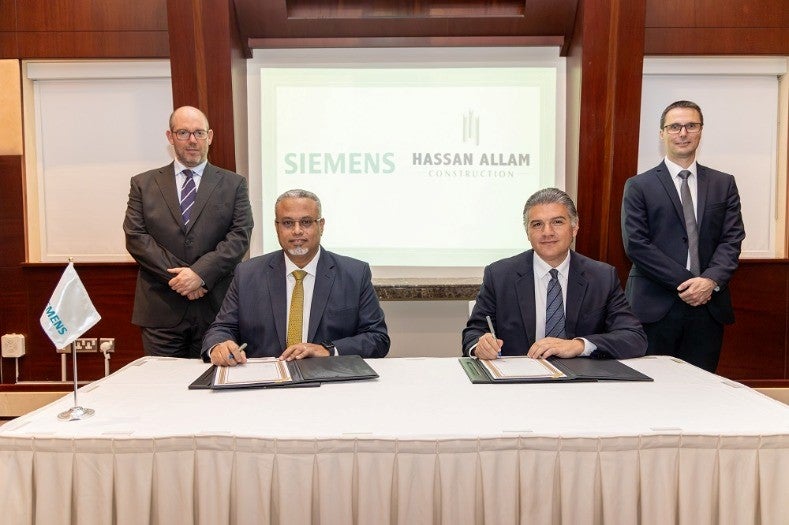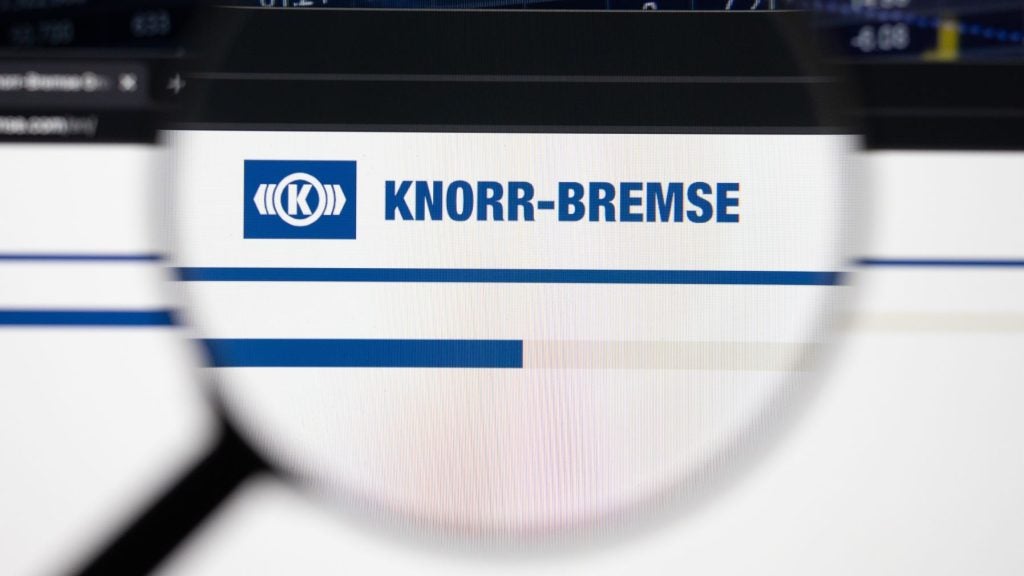

The consequences of rail crime are vast, destabilising the network and causing misery for rail staff and the millions of passengers who rely on the service. In 2010/2011, cable theft caused the delay or cancellation of over 35,000 national rail services and cost Network Rail over £16m, according to a 2012 report by the House of Commons Transport Committee. In an incident in 2012, in which just 30ft of cabling was stolen overnight in London, over 1,650 trains were delayed, costing Network Rail £640,000.
Richard Godwin, Network Rail’s route crime manager for its London North Western (LNW) route, which runs from London to the West Midlands, North West and Scotland, says: "The big impact with cable theft is that it knocks out our ability to signal trains, so that means that large areas of the route can become unusable in terms of operating trains safely.
"So, we have to implement the old-fashioned working where, instead of running ten to 15 trains an hour, we are reduced to two or three in some instances. So, it severely impacts passengers and freight through the network."
Network Rail has addressed this issue by working with forensic crime prevention organisation SmartWater. As a result, the company has saved millions of pounds and thousands of minutes over the past few years. According to Network Rail figures, incidents of cable theft have dropped from 995 in 2010/11 – causing over 365,000 delay minutes – to 66 incidents in 2014/15 (as of October 2014), bringing delay minutes down to 19,526.
See Also:
Traceability’s the key
In collaboration with Network Rail and the British Transport Police, SmartWater has been able to identify those areas most affected by crime and has applied traceable liquids to cables, giving them a unique marking. The liquid is invisible under normal light but glows brightly under ultraviolet light, making it easily identifiable by the police and ensuring stolen cable can be traced back to the nearest kilometre, says SmartWater’s Neil Carter.
How well do you really know your competitors?
Access the most comprehensive Company Profiles on the market, powered by GlobalData. Save hours of research. Gain competitive edge.

Thank you!
Your download email will arrive shortly
Not ready to buy yet? Download a free sample
We are confident about the unique quality of our Company Profiles. However, we want you to make the most beneficial decision for your business, so we offer a free sample that you can download by submitting the below form
By GlobalDataFor Godwin, it is a 21st century progression. "It is a different way of tackling it and I think it is traceability [which is key]," he says.
"Previously, anyone caught off the railway, who said they were doing whatever, we would have not been able to have proven they had come from the rail network."
It is the ability to trace and identify cable that has revolutionised the process. Before this, it was difficult to prove the point of origin of the theft and the cable, which could have then been handed to scrap metal dealers.
However, with the marking or ‘cable treatment’, route crime managers such as Godwin, who is responsible for the overall route crime strategy on the LNW route, can identify where the cable has come from on the network, giving them an invaluable insight into potential trends and crime hotspots, ensuring they are proactive rather than reactive.
He explains: "If people have got that on them [the unique marking], it pinpoints them to that cable.
"The LNW route was one of the routes that saw the biggest impact of metal theft. Other routes haven’t seen that impact as much as we have, and they have used different methods. Some have used man guarding and security; we’ve taken the forensic approach."
Identifying crime hotspots
Of particular concern for Godwin and his team are the Greater Manchester and Birmingham areas, while metal theft has been spread across the entire route. On the other hand, cable theft has seen a move towards more rural locations where, away from dense cities, detection can be complicated.
Again, this is where collaboration is paramount to the success or failure of crime prevention. Since those working in the rail industry are not crime fighting experts, it is necessary to use external knowledge of criminal activity, adds Godwin.
Carter explains that this process includes analysing data and undertaking threat assessments in hotspot areas to identify vulnerabilities. "These include assets most at risk of theft, damage to perimeter infrastructure, such as fencing, and access routes potentially used by thieves and trespassers to infiltrate the rail network," he says.
"It’s not about spreading thousands of metres of cabling with SmartWater but instead looking at the crime hotspots and using the solution effectively to deter and catch criminals in the act."
Godwin adds: "[This] has enabled us to focus our attention on those areas [and] move resources. We’ve then been able to close those hotspots down a lot quicker than we previously would have."
Carter also says that more than 50 arrests have been made as a result of the work with Network Rail, creating a long-standing deterrent. Godwin agrees: "The message became clear that if you steal cable on the network, you will get caught and prosecuted. That really drives the deterrent message."
But the reduction in cable theft is also partly due to the introduction of the Scrap Metal Dealers Act 2013 – which, among other things, ensures scrap metal dealers must be licensed, and requires sellers to show ID that dealers must then record and retain.
With its crime fighting credentials well established on the LNW route, the question is: what next for forensic marking?
A forensic future
"The plans for the future include rolling the cable theft model into other aspects of route crime," explains Godwin, although he adds that the devolution of the rail network means different routes can take different directions.
Godwin highlights another application for forensic liquids: transferable grease. This is fitted on line-side fencing and other areas where people may attempt to climb over. The grease has the forensic marking in it, meaning that if it is transferred to clothing or skin it can be identified, which suggests it could be effective when tackling trespassing or vandalism.
"[The grease] is uniquely marked so we know exactly where they have been," says Godwin.
"We try to use [this] in conjunction with covert cameras, which will pick up an image, so we have evidence of an image of someone there and the forensic solution to back that up. This is conclusive evidence if they are track side and committing an offence."
These cameras can be deployed based on intelligence, says Carter. "We don’t just fix them on an asset but instead take time to risk assess the location. For example, looking at entry and exit points so that the central intelligence centre can be alerted to trespassing before any further crime is committed, thereby allowing a window for a potential response to be deployed."
Australia’s Sydney Trains is currently testing a vapour-sensing system that detects the smell of spray paint and alerts train guards. As of May it resulted in the arrest of more than 30 people. Carter believes smart technologies like this can act as a facilitator for operators to address local priorities when it comes to crime on networks.
"It’s great to see that the rail industry is looking at innovative new techniques to tackle local needs," says Godwin, concluding: "If we target the right areas based on the right information and use cameras to get the evidence with a type of marking, then we believe we can drive route crime off the railways to some extent."
If the success on the LNW route to date is anything to go by, the use of forensics on the railway – in whatever format it appears – looks set to help drive a new era of rail crime prevention.







